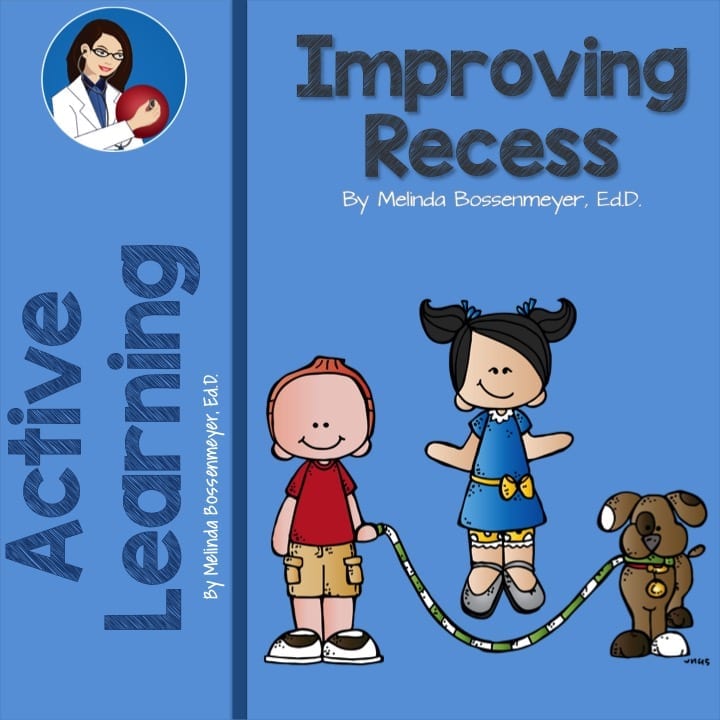Articles on Improving Recess
The 2014 School Health Policies and Practices Study by the federal Centers for Disease Control and Prevention reported 82.8 percent of elementary schools provided a daily recess for all grades indoors, while fewer than two-thirds of middle schools and only 26.5 percent of high schools offered physical activity breaks outside of physical education. From 2000 through 2014, the number of schools where students had recess immediately after lunch — a time when it’s often scheduled — dropped from 42.3 percent to 26.2 percent.
Parents push to boost recess’ role in schools. by Denise DiFulco, USA Today.
Heather Mellet has heard it all when it comes to why her children can’t have more than 10 minutes of recess a day at their school in Winter Park, Fla.
Playground zoning increases physical activity during recess. Medical Xpress.
Now researchers from the University of Missouri have found that zones with specific games can improve physical activity, improving a child’s chance of engaging in the recommended 60 minutes of “play per day,” an effort endorsed by many health organizations as well as the National Football League.
A Research-Based Case for Recess. U. S. Play Coalition Document. By Olga Jarrett.
Advocates for the well-being of children should be concerned over the number of children deprived of a recess.
Schools extend Recess For Kids BDN Connect
The School District of Beloit will be looking at ways to increase recess to at least 30 minutes a day after parents stressed the importance of unstructured playtime on student health and learning. Parent Kim Schneider said recess has been decreasing nationally, possibly due to an increased focus on standardized testing, concerns about lawsuits regarding recess equipment and potential behavioral incidents during recess. However, she said there are social, emotional and cognitive benefits of unstructured playtime. Megan Miller, a parent, and former teacher said every teacher and reading specialist knows serotonin — what the brain produces during play — is a lubricant for learning. When children are sitting for a long time, however, they are producing the stress hormone cortisol.
For a deeper dive into resources for Recess and Physical Education visit our Content Library. It’s FREE.
Newsletter
Newsletter
"*" indicates required fields




Leave A Comment